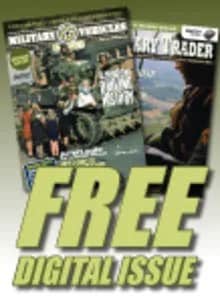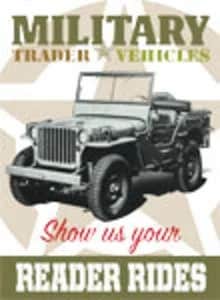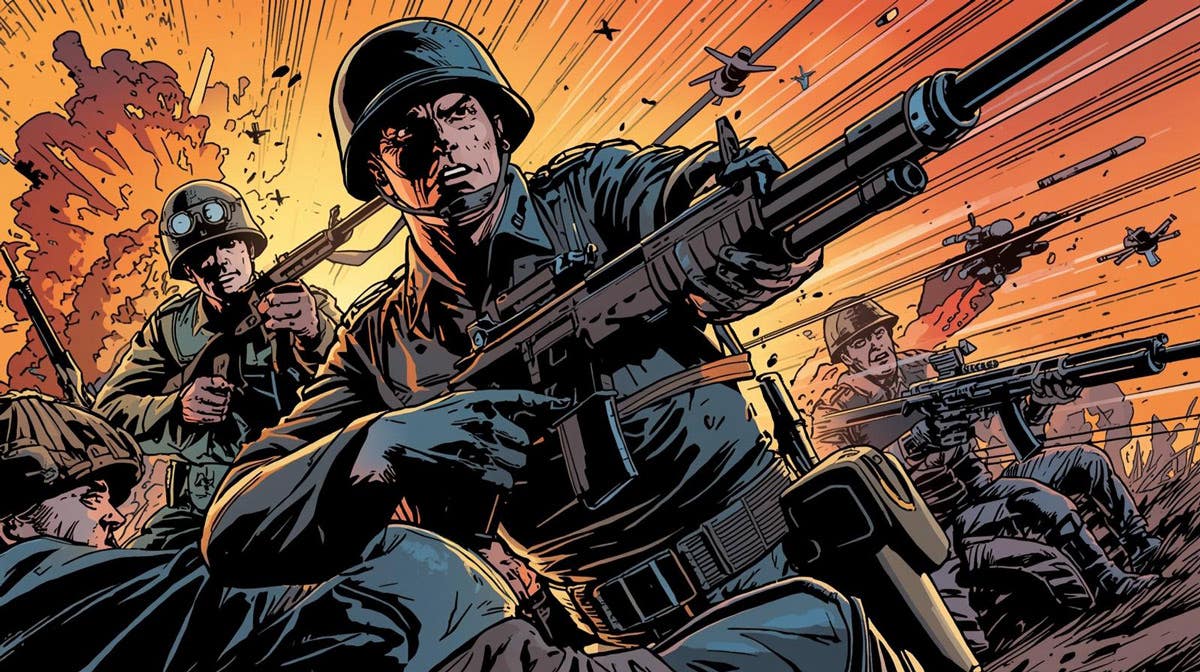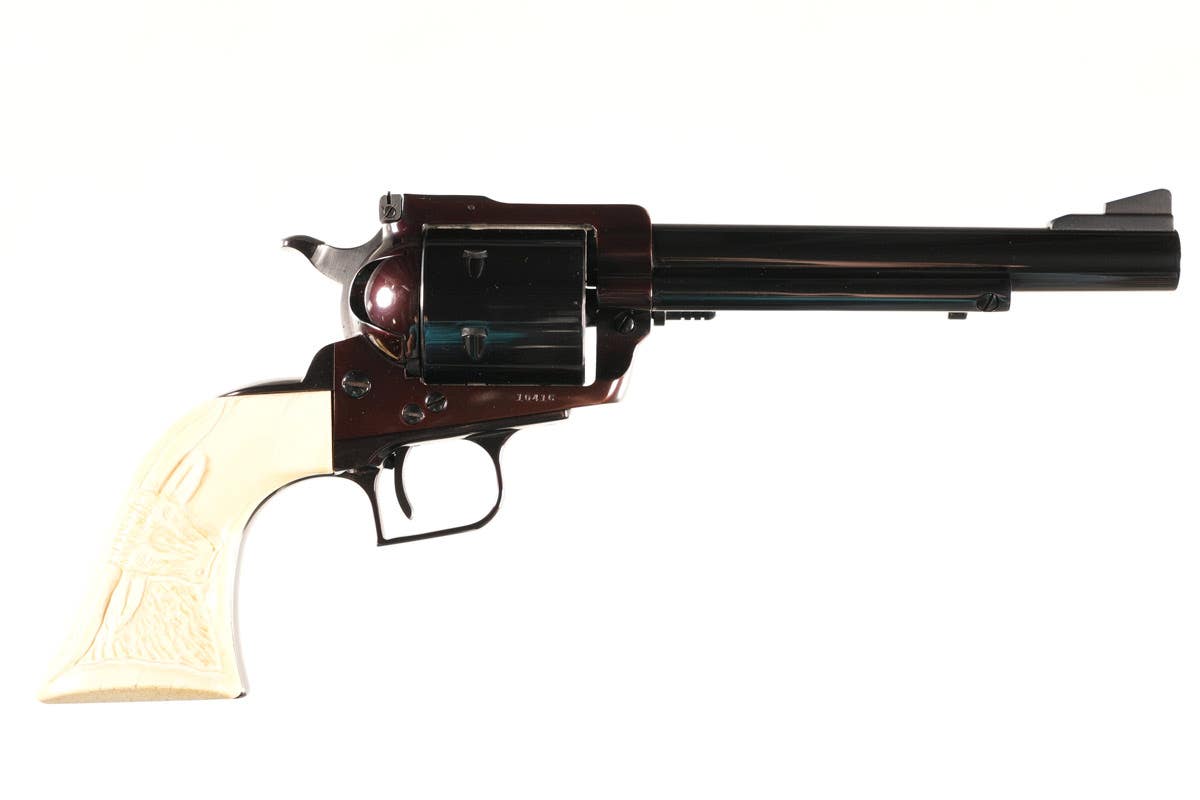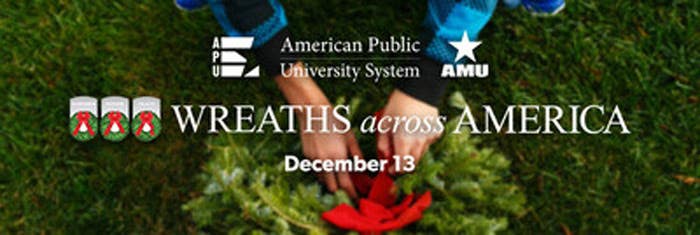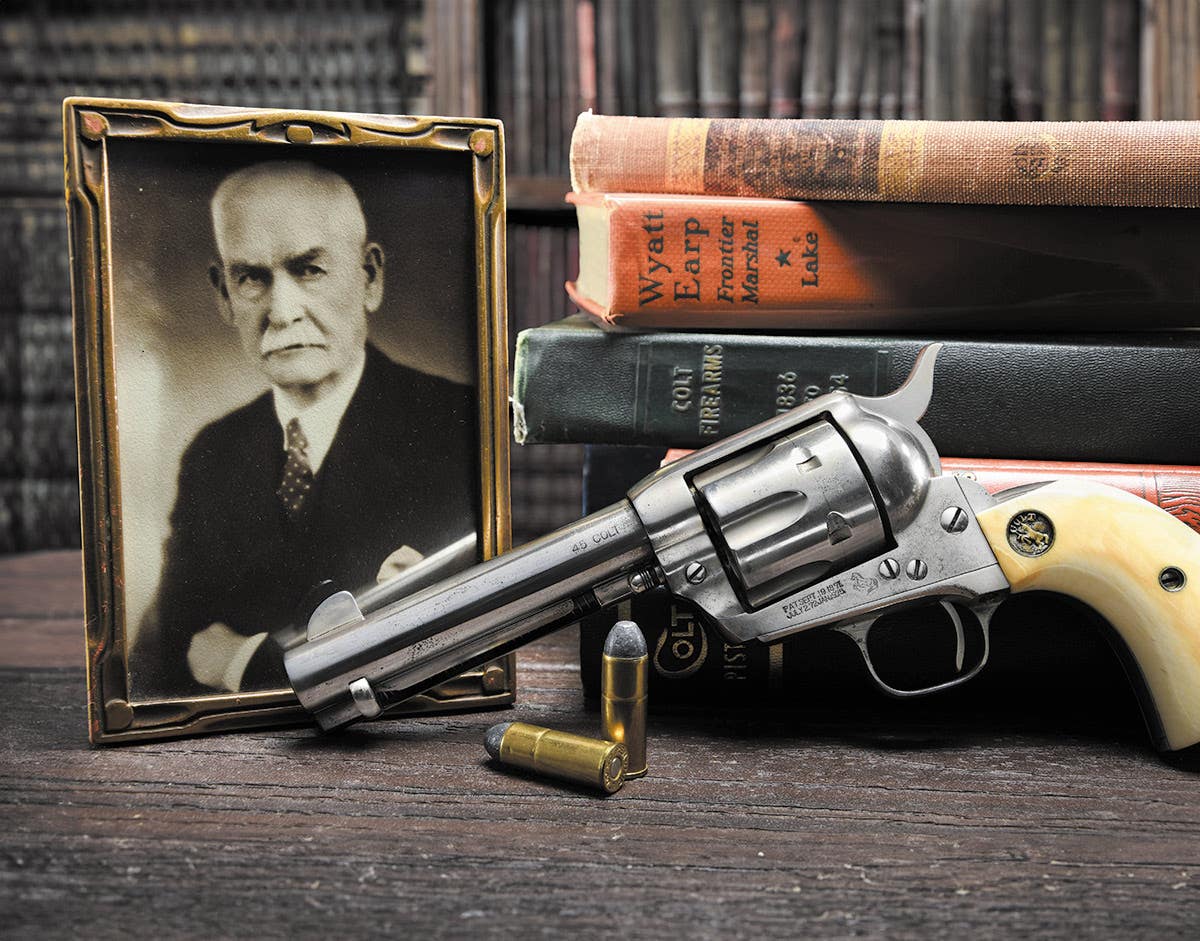An homage to a Vietnam vet
Celebrating Mark Ward Sutton (Oct 15, 1947 to May 15, 2017) who served with the 4th Infantry Division and did active duty in Vietnam in the 1967-1968 time period.
Military collectors are seemingly always in a search mode to add to their collections with the enduring hope to find something new and unique. hat was the case with this writer when he made his weekly trip to one of Pittsburgh’s largest flea markets called Trader Jacks. Fortunately, Trader Jacks is located less than 10 minutes from my home, and I was hoping to find some new and unique military medals.
Among the many dealers at the flea market visitors could find any type of “Hot Wheel” collectible, sports cards, tools, clothing, and countless other items. I always hope to find someone selling a military collectibles, which are getting harder to find in a general flea market. Many of the weekly visits yield nothing more than exercise up and down the expansive rows of dealers.
On a recent visit my luck changed when a dealer with multiple trays of military decorations brought out their collection. While many of the items were already in my collection, several unique pieces, including an unusual WWII British cap badge, were immediately purchased. The table contained a variety of cases with insignia, pins, and impressive veteran groupings.
The dealer’s name was Scott Sutton, and he shared stories about many other military items he had for sale. I would learn that most of the items were from his brother, Mark Sutton, who had passed away. I would also learn Mark was a Vietnam War veteran who, after returning from the war, was a diehard military collector. When Scott indicated that he had many wartime pieces at his home from the collection, we made arrangements for me to visit his home and learn more about his late brother Mark.
Mark Ward Sutton (Oct 15, 1947 to May 15, 2017) served with the 4th Infantry Division and did active duty in Vietnam in the 1967-1968 time period. During Sutton’s first months of very active engagement with the enemy he was wounded three times. Scott told me that Mark would received five bullet wounds to his left arm with three hits to his elbow, one in the upper arm and one strike to the wrist. Mark was sent to Japan to recover and with medical assistance was returned to Vietnam to finish his one-year tour.
One of the striking items Mark brought back was a large North Vietnam flag measuring 27 x 12 inches. It was a red flag with a large white star in the center, displayed in a large framed display along with Mark Sutton’s uniform identification. The flag was captured by members of Company B, 3rd Battalion, 12th Infantry of the 4th Infantry Division in the summer of 1968 in the hills west of Dakto from a NVA Base. In the same display, along with Vietnam currency, was a North Vietnam stamp of the Viet Cong showing the downing of an American fighter plane.
Close to Mark Sutton’s display case was also one for Scott Sutton, now the keeper of military awards for the Sutton family. Scott’s display case showed that he had also served during the Vietnam War for a four-year period as a member of the United States Navy on the submarine tender the U.S.S. L.Y. Speer as a Petty Officer 2nd Class. He also had an uncle, Oscar Ward Sutton, who served as a crew chief on a bomber with the 15th Air Force during WWII. It was clear the Sutton family had quite a history serving the United States military.
David L. Burrows
Scott said that after Mark returned to finish his Vietnam tour he earned a third Purple Heart after being wounded in a fire fight at a support base. The result of Mark’s service in Vietnam resulted in three purple hearts (named) that still reside with Scott Sutton and the Sutton family.
One item Scott displayed that really stood out that was a helmet of a North Vietnam soldier said to have been killed by Mark. According to Scott, Mark retrieved the helmet after engaging the enemy in battle.
After leaving active service in Vietnam, Mark Sutton remained with the National Guard until his retirement. He often spoke to high school groups and was known to have won awards for his recruitment efforts. Mark would later work at a local veteran’s hospital and served as the union steward. Later in life, Mark visited the Vietnam Memorial in Washington, D.C. — a trip he hesitated make. Seeing the names of many fallen comrades was a difficult experience.
Mark left us on May 15, 2017 at the age of 69. He had been a military collector from the age of 16, starting well before joining the military himself. In Vietnam and after returning he continued to pursue his collecting hobby.
Now, after eight years since Mark’s passing, Scott was selling many of the military collectibles not directly attributed to Mark or members of the family. Since in his own retirement he, too, caught the collecting and selling passion. Scott also indicated that as the keeper and somewhat unofficial guardian of the Sutton family military history, he is hoping to write a book detailing the Sutton family involvement in Vietnam.
Scott admits he initially had no idea of how large of a collection had been left to him and the value of many items. As so many collectors find out, the answers to such questions often require a lengthy period of research.
David L. Burrows
Thoughts on organizing your collection
There are many ways collectors document and keep a record of their collection — from a simple notebook and written record, to a variety of computer-related approaches. At some time, a collector may want to sell or trade an item, so knowing the value of an item is imperative. When Scott Sutton became the caretaker of his brother’s collection he had no information on many items — especially in terms of monetary values.
With my own collection, I faced a similar challenge keeping track of an ever growing number of items and their attendant values for later sale or passing on to members of the family. I found out at an early age it was important to have an easy method of documenting the collection.
In 1954 Apple introduced the Apple IIC home computer, which allowed me to build a detailed entry for each individual item I purchased. It was easy with the early Apple IIC to keep an accurate record with a short description of each item, including its number, name, detailed information, obverse and reverse information on my medals, and a description of a medal’s ribbon and brooch. Also included was the purchase date, price, and seller information. Each record could be easily printed and stored in a file folder.
While I still use the Apple IIC for that purpose, I later learned of a database called Five Star Collectibles, which had many decided advantages, including keeping a total of the accumulated value of the whole collection while arranging all the items in alphabetical order. This type of database also allowed me to update current values by observing sales of similar items on sites such as eBay and recording the most recent sale prices. The system allows collectors to easily adjust the estimated values of individual items with the program automatically updating the overall value of the whole collection.
I’m a collector of an older generation; I am sure current collectors may be able to find even better computer programs to do the same job or even create one on their own to suit their needs.
Two years ago, it was necessary to replace my personal computer and my Five Star database was not compatible with the new operating system. Fortunately, my computer technician offered a solution. After downloading all my files on the new computer with the exception of the Five Star, he suggested keeping the old computer while providing a new video monitor, which helped me avoid having to rewrite thousands of entries into a new computer and new database. Now my old computer tower with the collector data base is dedicated only to the military collection and is not connected to the internet.
My chance meeting with Scott Sutton at a local flea market allowed me to learn of a dedicated Vietnam veteran as well as the Sutton family history. At the same time, it reminded me of the importance of keeping a record of my military collection for any future sale, or simply for those close to me.
Meanwhile, the hunt continues to add to the collection with the next discovery and new adventures with the collecting fraternity.
David Burrows is a retired educator and life long military collector. He started collecting as a teenager. David was a physics teacher for 37 years with the Pittsburgh Public schools. He is a frequent contributor to Military Trader as well as the OMSA Journal. His other passion with British cars has resulted in many feature stories both in US publications as well as international publications over the last 30 years.
